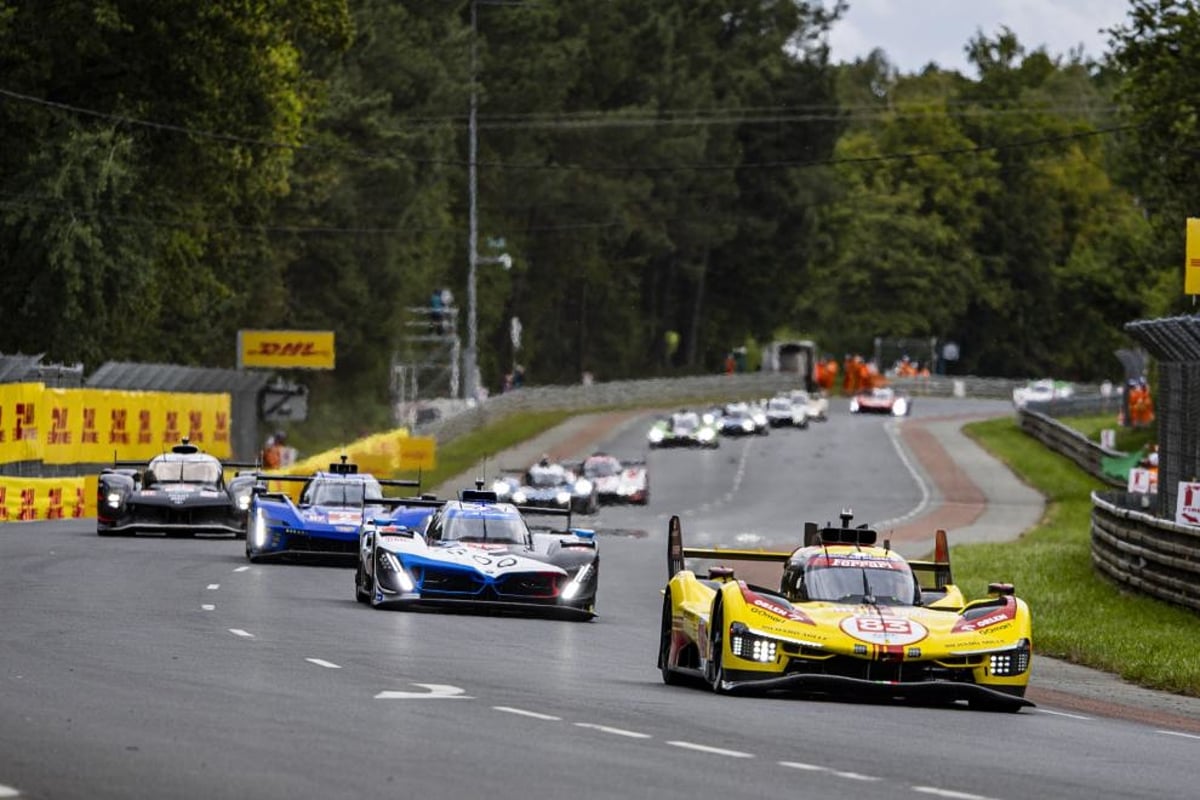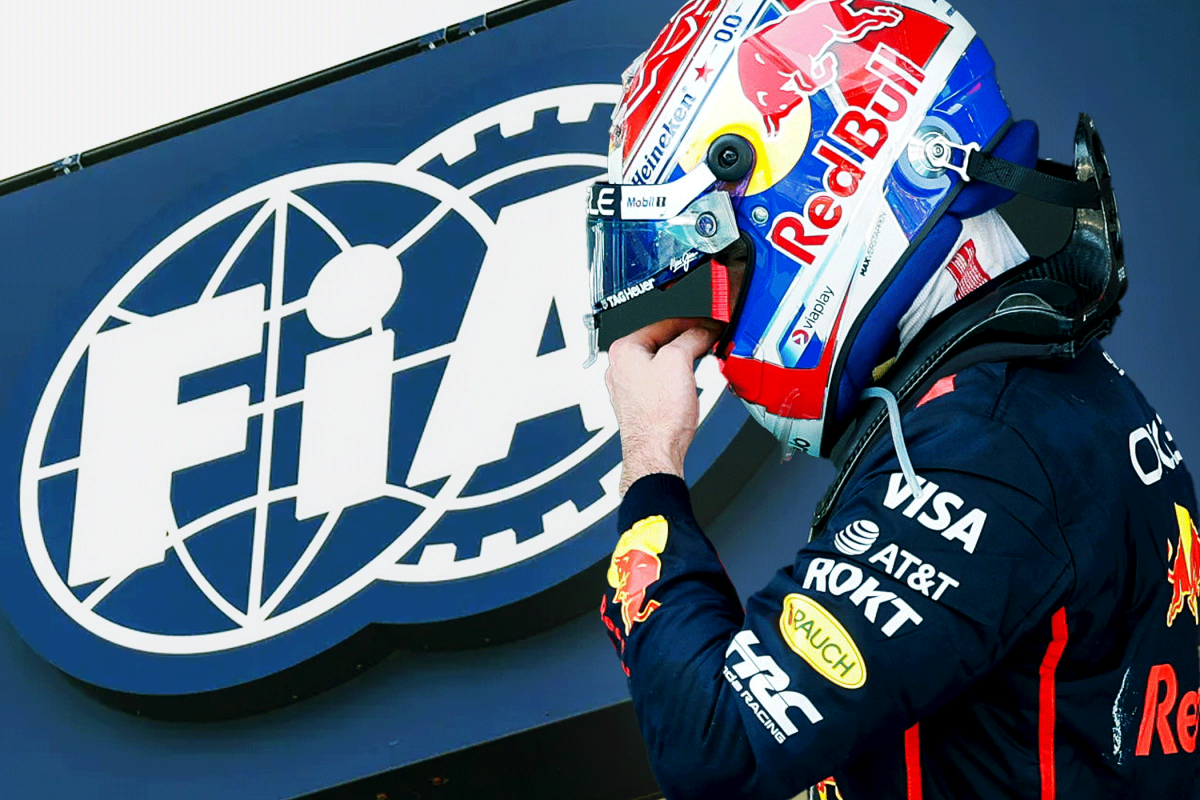Japanese Grand Prix hit by multiple fires as season…read more
The Japanese Grand Prix saw a dramatic and chaotic start to the weekend, as four red flags were waved during the second practice session on Friday, causing significant delays. The first two red flags were due to on-track incidents involving drivers Jack Doohan and Fernando Alonso. However, the session took an even more unusual turn when a fire broke out along the side of the track, causing the third red flag. The fire started after sparks from the cars were swept onto the dry grass at the exit of Turn 11, a combination of conditions that led to a rapidly spreading blaze.
The weather on Friday at Suzuka was particularly challenging for the drivers and the race organizers. The hot, dry conditions and gusty winds created the perfect storm for a fire hazard, as any sparks from the Formula 1 cars were easily carried into the dry, yellowed grass bordering the track. This situation raised immediate concerns, as it reminded Sky F1’s Ted Kravitz of a similar fire-related incident in Shanghai the previous year, where dry grass had also caused problems. On Friday, however, the situation escalated as the fire at Turn 11 spread quickly, forcing race officials to wave the third red flag.
Despite the ongoing concerns about the fire, the session continued with the clock ticking down, and the 18 remaining drivers on track were eager to complete their runs ahead of the crucial Saturday qualifying. The fire at Turn 11, however, continued to delay proceedings, with safety personnel working to get the situation under control. The fire hazard was compounded by the wind, which made it more difficult to contain the flames and meant that sparks from the cars posed a significant risk to the trackside grass.
The situation worsened further with just seconds remaining in the session when another fire ignited, leading to the fourth red flag of the day. Sky’s David Croft highlighted the severity of the situation, noting that the wind and dry grass made the fire a serious concern. The fire’s rapid spread prompted the race organizers to take action, considering measures to prevent further incidents. Last year in Shanghai, chemicals were used to treat the grass to prevent further fires, a solution that could potentially be implemented at Suzuka to minimize the risk of future outbreaks.
Despite the chaotic and dangerous conditions on Friday, the main event on Sunday’s race day is expected to be less affected by the fire risk. The reason for this is that the cars will be running at lower speeds during the race, and there will be less bottoming out of the cars compared to the practice sessions. As a result, the risk of sparks igniting the dry grass is significantly reduced, which should alleviate concerns about further fires during the race itself.
The day’s disruptions have left most teams in a challenging position heading into Sunday’s race. With four red flags and repeated interruptions, the teams have had minimal opportunity to gather valuable long-run data, which is crucial for preparing for the race. This lack of data could make it more difficult for the teams to gauge tire wear, fuel loads, and overall race strategy, potentially putting them at a disadvantage when the action resumes on Sunday. The dramatic incidents on Friday have added an unexpected layer of uncertainty to what is already a highly competitive and unpredictable Grand Prix
weekend.




